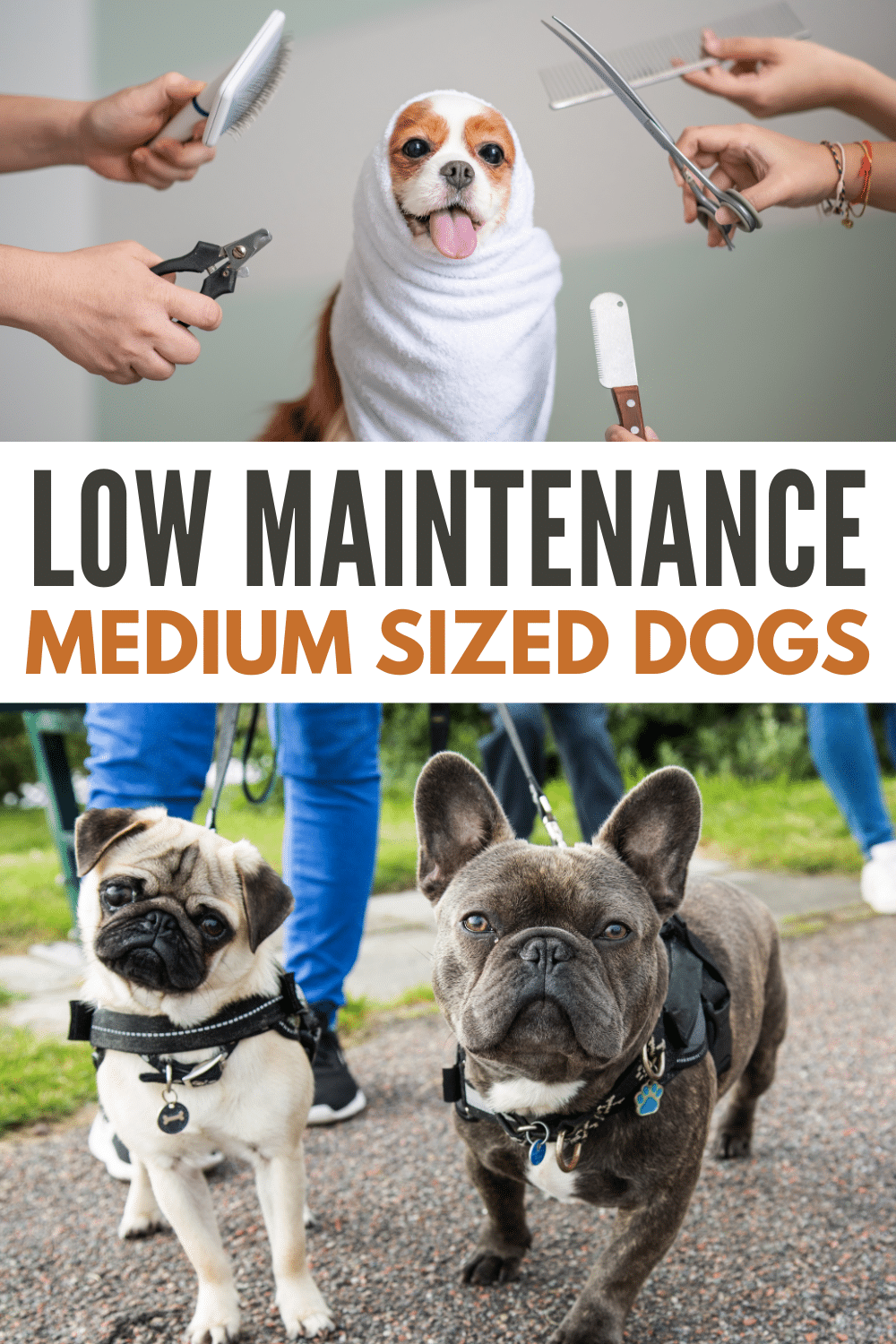Low maintenance dogs are the ideal pet for busy families who don’t have a lot of time to dedicate to their pup’s care and upkeep. These breeds require minimal grooming, exercise, training and feeding; typically being independent, low-energy and easy-going.
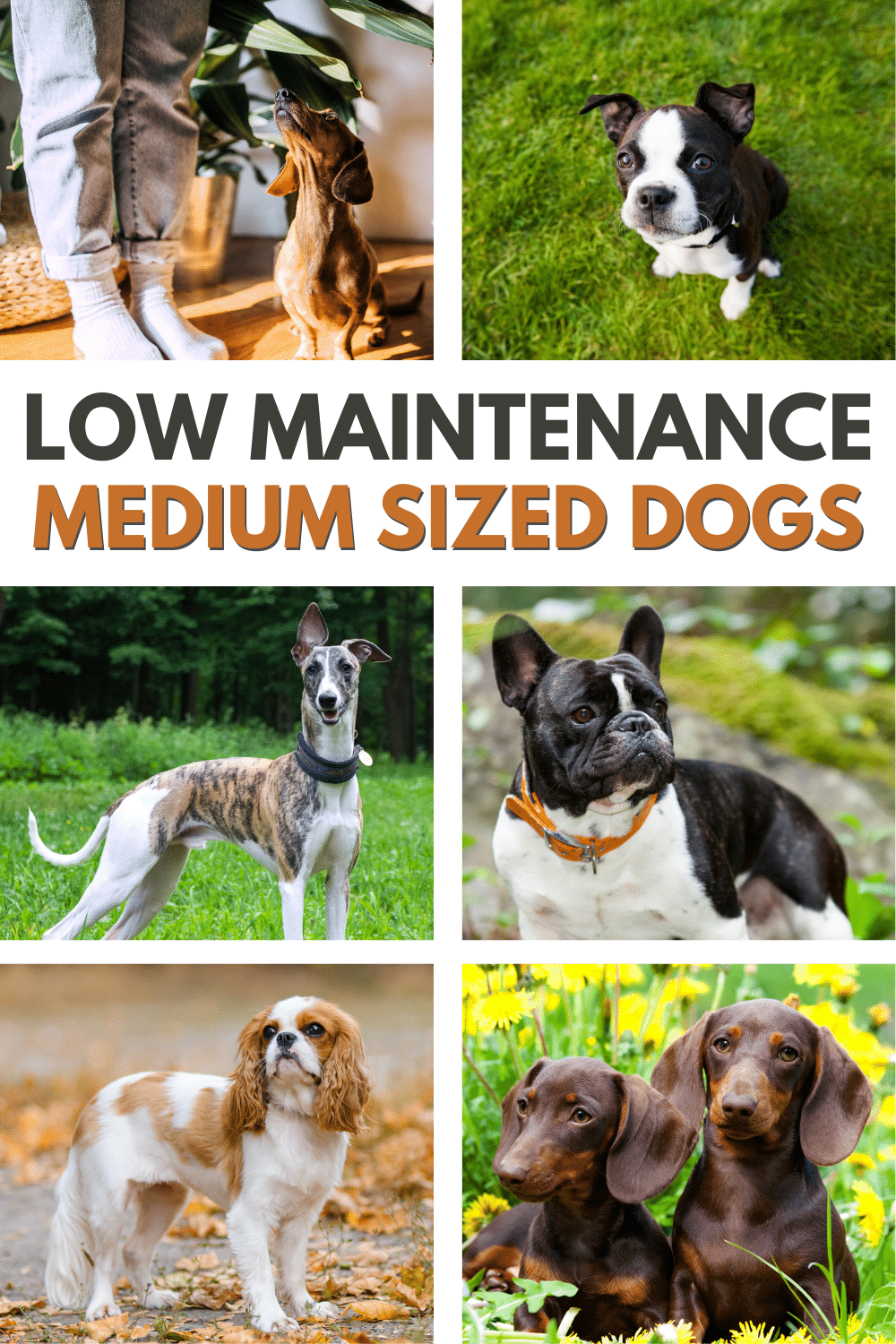
Additionally, these breeds tend to be less prone to barking and misbehaving since they require less attention and stimulation.
They are perfect for those who may not have the ability or desire to invest a large amount of time into their canine companion. For those looking for an easy-to-care-for pup, low maintenance dogs might just be the perfect choice!
Jump to:
Benefits of Having a Low Maintenance Dog
Having a low maintenance dog can provide lots of benefits. These breeds require less attention and exercise, making them perfect for busy families or those living in small spaces.
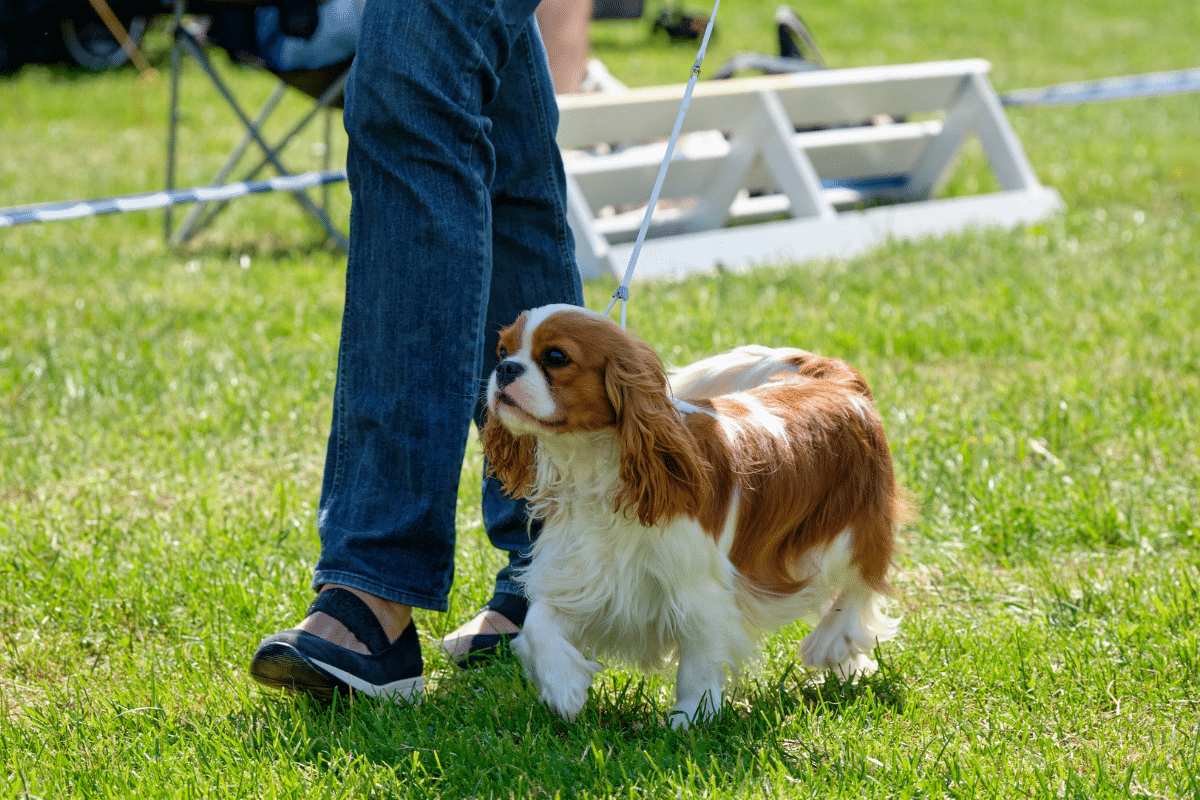
They also tend to be lower energy so they are less likely to misbehave due to boredom. Additionally, since they require less upkeep, many owners find that their pet is more affordable in the long run.
Low maintenance dogs also often have longer life expectancy than higher-maintenance breeds, making them a great option for those who want a companion for years to come.
Types of Low Maintenance Dogs
There are many dog breeds that can be considered low-maintenance and easy to care for. Some of the different characteristics to consider are size, living space, and temperament. It’s important to explore each of these to make the best decision for your specific situation.
Size
Small breeds such as Chihuahuas, Toy Poodles, and Bichon Frises require less exercise, grooming, and food than larger dogs.
In addition to small breeds, there are also mid-size breeds like Beagles, Corgis, and Bull Terriers which usually require less attention and upkeep than their larger counterparts.
Personality
Beyond size considerations, some specific personalities may be lower maintenance than others; dogs with more independent or relaxed temperaments such as Golden Retrievers or Labradors may require less effort from the owner.
Ultimately, when deciding on a breed it’s important to consider individual needs and preferences.
Low Maintenance Dog Breeds
Whether you’re a first-time dog owner or you’re a seasoned puppy family that’s no stranger to raising dogs, you may not be familiar with some of these adorable dog breeds. Here’s some details that will help you make a smart decision for your needs.
Greyhounds
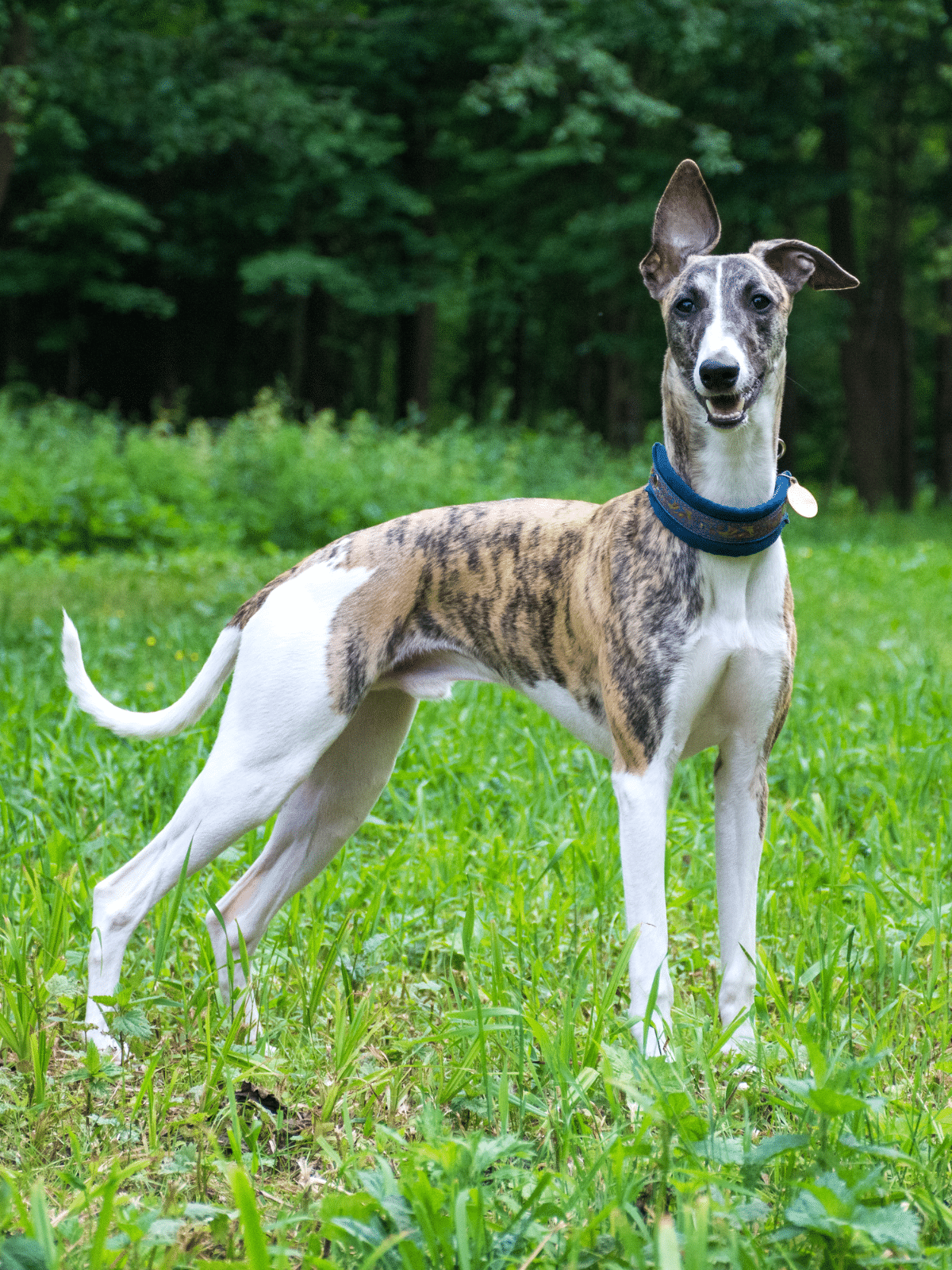
Greyhounds are an ideal choice for those looking for a low-maintenance companion. Greyhounds are known for their friendly personalities, their mild energy level, and above all else their intelligence. They require minimal grooming and exercise needs compared to other breeds, making them perfect for owners who may not have the time or money to commit to more high-maintenance dogs.
Italian greyhounds tend to be affectionate and loyal towards their owners, adapting well to apartments or homes with small spaces. They do very well with families as they are gentle and loving towards children, making them a great option if you’re looking for a family-friendly canine companion.
Dachshunds
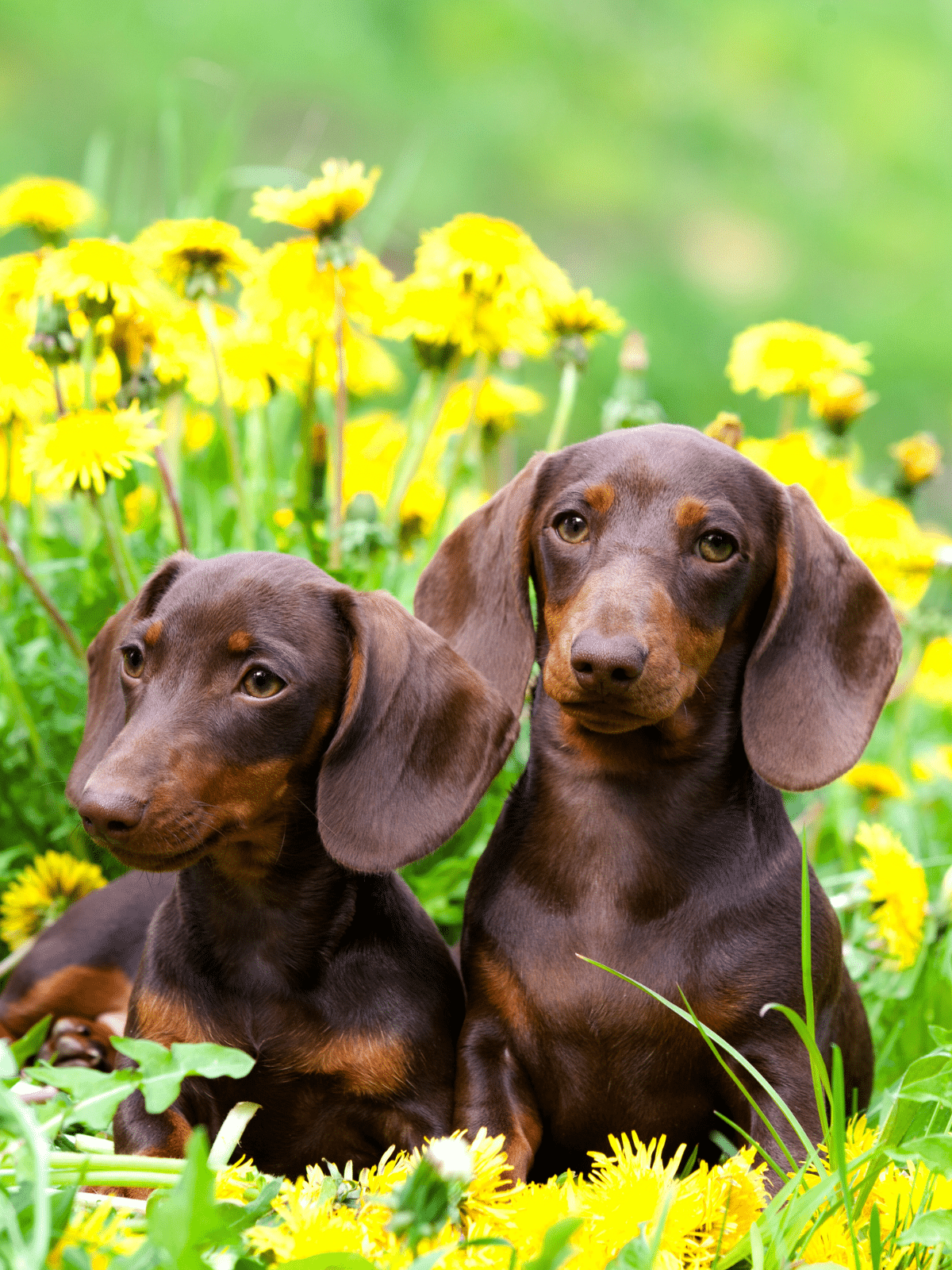
A dachshund makes a great canine companion for those looking for a low-maintenance pup. These loyal breeds are well-known for their strong attachment to their owners, making them the perfect companion for people who want a small but devoted pup.
Dachshunds do require an owner who can give them ample attention, as they can become very attached and suffer from separation anxiety if not properly taken care of.
While they have some energy, regular walks and activities outdoors are enough to keep them content. Active families will do well with these sweet dogs.
They also have minimal grooming needs, requiring only occasional brushing to maintain their short fur. Dachshunds thrive in smaller spaces such as apartments or homes with limited space and make great companions for both elderly folks and families.
French Bulldog
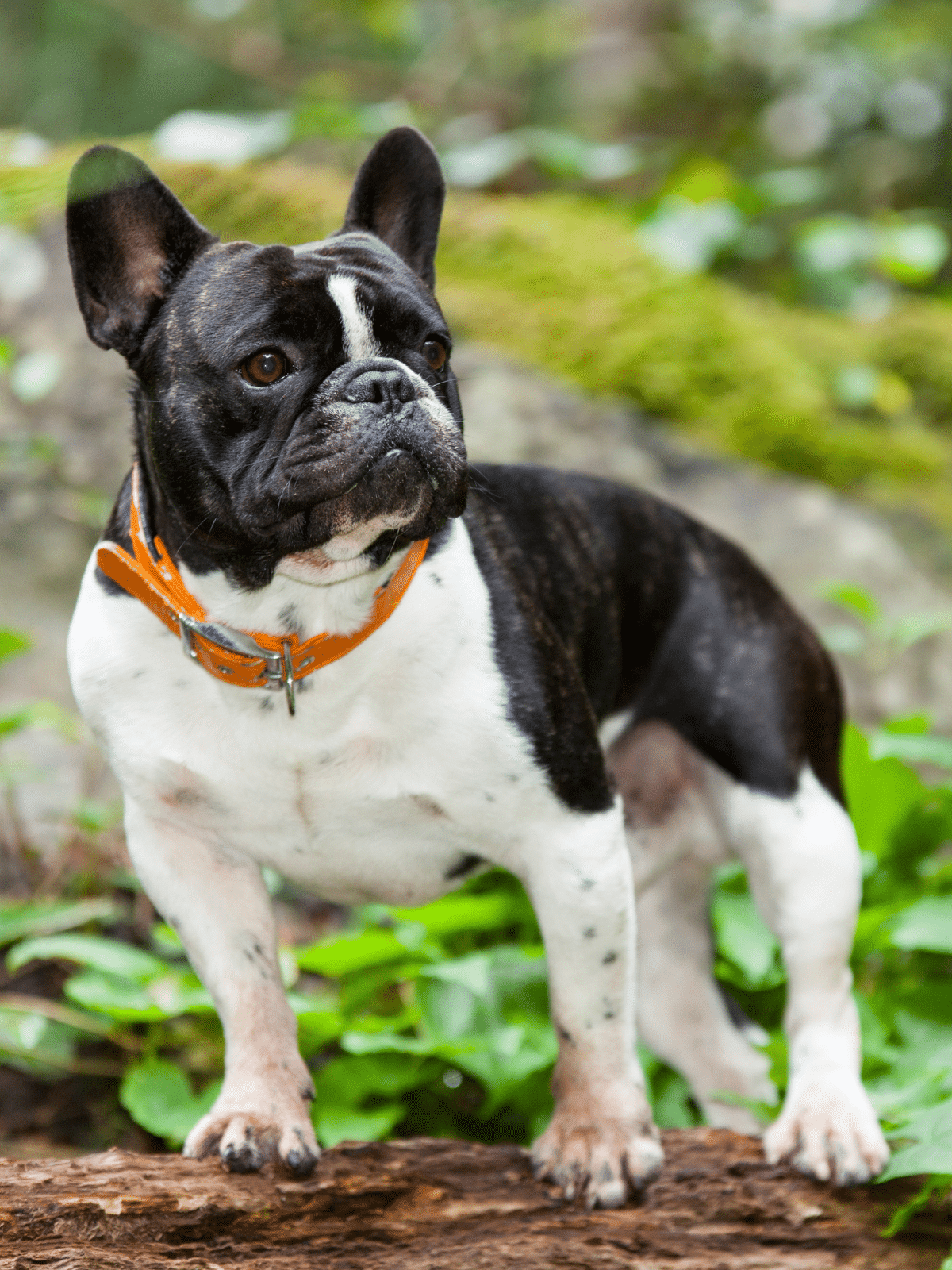
French Bulldogs are great low-maintenance companions for those looking for a loving and loyal pup. Frenchies have a moderate energy level and require only minimal exercise needs, making them great not just for the elderly, but also busy individuals who don’t have much time to dedicate towards their four-legged friends.
Similarly, Frenchies don’t need too much grooming either; they need occasional brushing and bathing to keep their short coat in shape.
As is the case with most smaller breeds, French Bulldogs do well living in apartments or other limited spaces, but they also would do well living in a home with a big backyard. There isn’t too much concern for barks and growls with this sweet breed.
They make wonderful companions for all types of people, as they’re very affectionate and love to be around their owners. Families with kids will also find these breeds to be fun and laidback – perfect for young ones.
Cavaliers
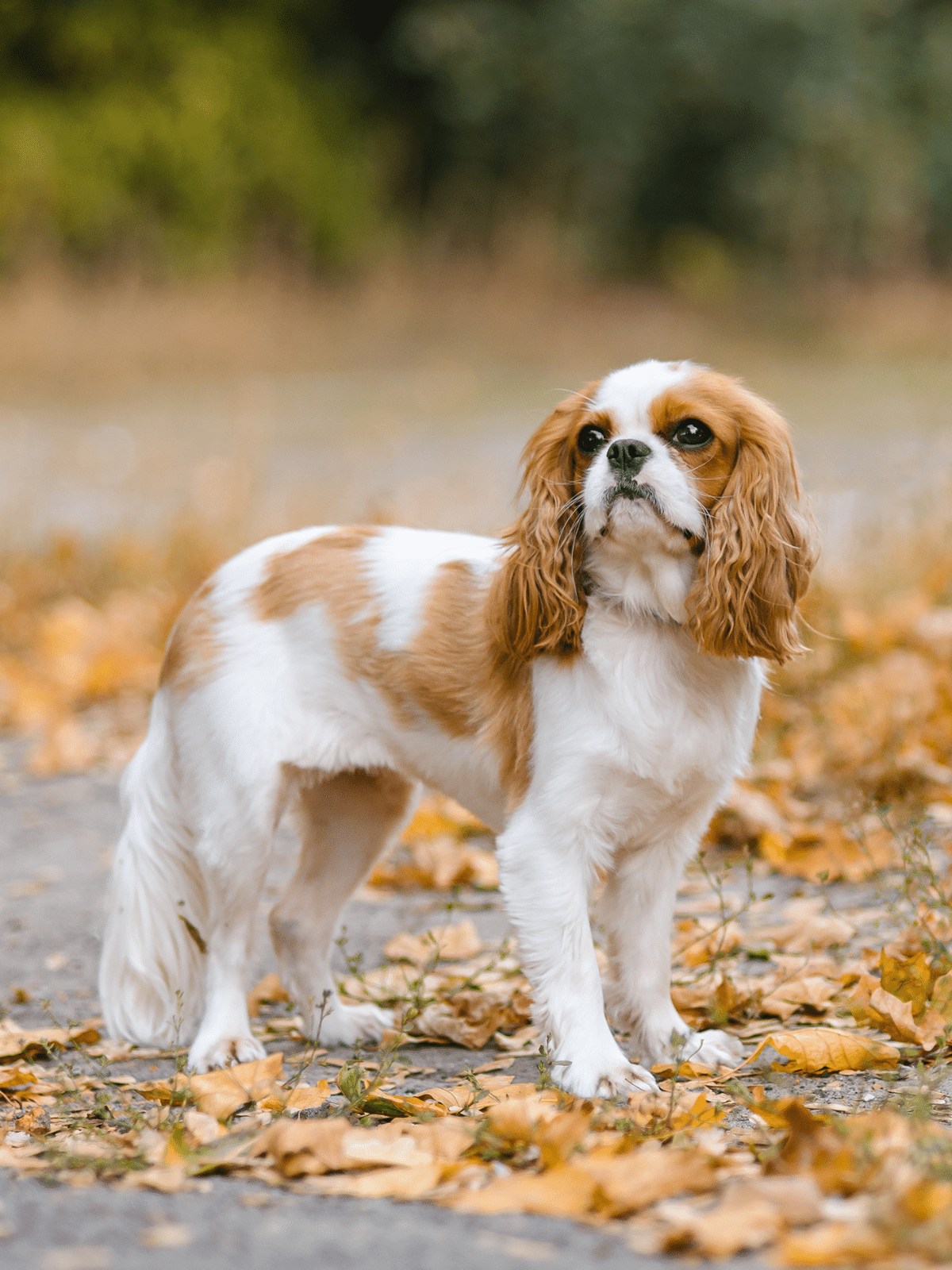
Cavaliers are low-maintenance pups that make wonderful companions for all kinds of people. While the tea cup breed has moderate energy levels and require some exercise, like regular walks and playtime, they do not require as much activity as other breeds would.
King Charles cavaliers, named after the larger spaniels, also don’t need much grooming either; minimal brushing every few days is enough to maintain their silky coat and keep them looking good.
Because of their miniature size, cavaliers can adapt well to any kind of living space, from an apartment to a house with a big backyard. The toy breed is also very affectionate and loyal, making them perfect companions for both the elderly and families with kids.
Other Low Maintenance Dogs
A few more low maintenance dog breeds you might want to consider include:
- Pug
- Basset hound
- Boston Terriers
- Labrador Retriever
- Maltese
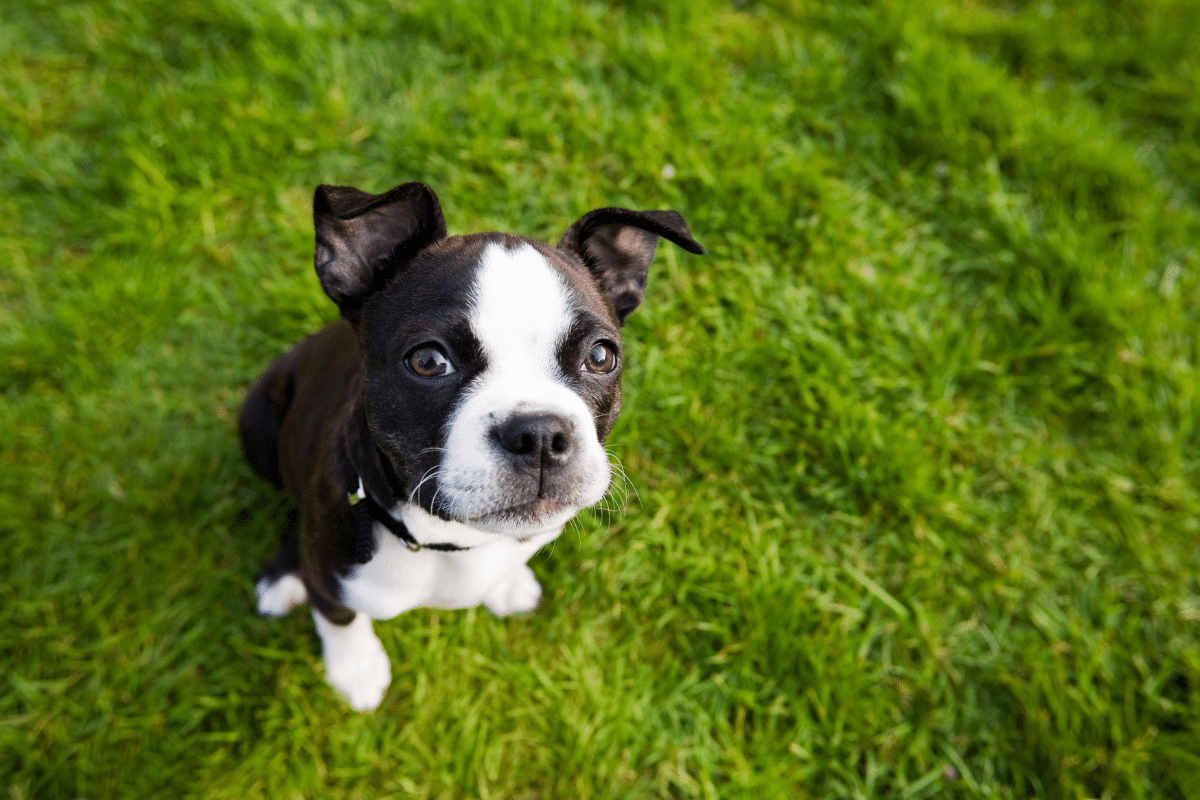
Caring & Training Tips
Getting a new pup can be an exciting and rewarding experience. To ensure your pup is properly cared for and trained, here are some helpful tips:
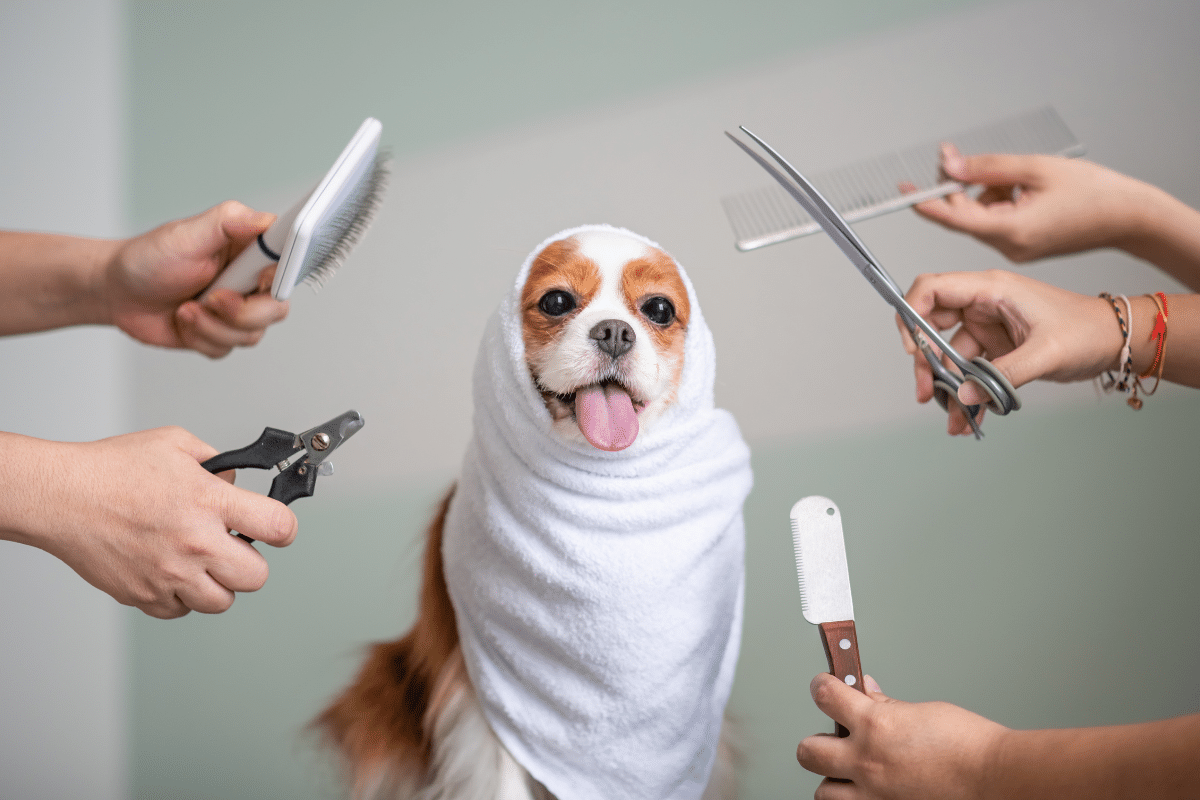
- Good Nutrition: Make sure to provide your pup with nutritious food and treats. Also, make sure you learn what things your dog shouldn’t eat.
- Regular Brushing: Brush your furry friend regularly to avoid shedding, for short coats and longer haired dogs. Weekly brushing helps keep your loyal companion healthy as well.
- Comfort Items: Ensure that your puppy has access to toys, blankets, beds, and other items necessary for their comfort.
- Exercise: Daily walks and/or access to exercise at a dog park in the neighborhood or in the yard is important to get the wiggles out.
- Training puppies: Train your puppy with positive reinforcement techniques such as treats or verbal praise; this will create a stronger bond between you and your pup.
- Routines are important: Establish a routine for your pup early on to help them understand what is expected of them.
- Bonding: Spend quality time with your pup each day to further strengthen the bond between you.
- Formal Training: Take advantage of obedience classes or seek help from professionals if additional assistance is needed.
By following these tips, you can successfully care for and train your new pup!
How to Create a Routine for Your Pup
When you’re training your new pup, it’s important to stick to a schedule that helps your family know what they need to do and lets the dog know they can count on certain things.
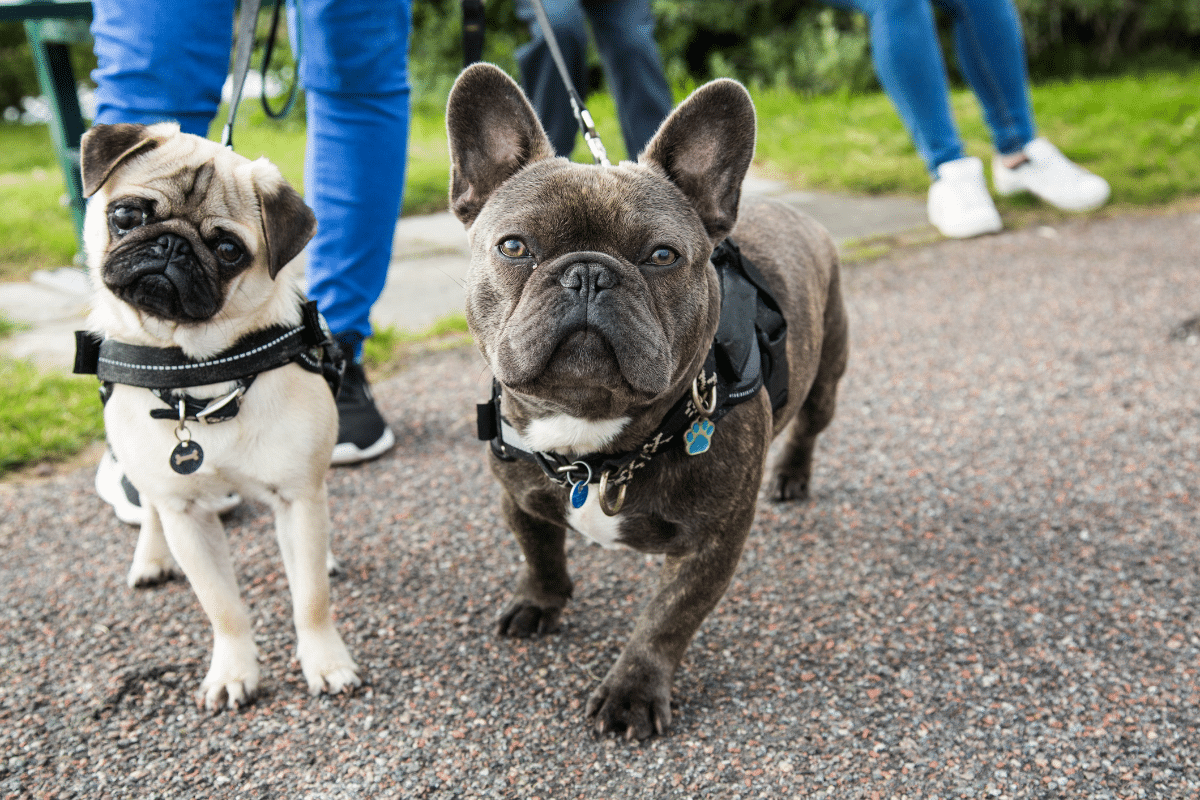
Creating a routine is an important step in making sure your pup is well-adjusted and properly trained. Here’s how to start:
- Start with a set wake up time for your pup and stick to it. This will help create a sense of normalcy and give them a consistent schedule to follow.
- Allocate time throughout the day for exercise, playtime, potty breaks, and meals.
- Stick to the same words/commands when you are training so that your pup can recognize them easily.
- Be consistent with bedtime; try to put your pup to bed at around the same time each night and limit their exposure to loud noises or distractions during this time.
By establishing a consistent routine, you can successfully train your pup and ensure they are happy and healthy!
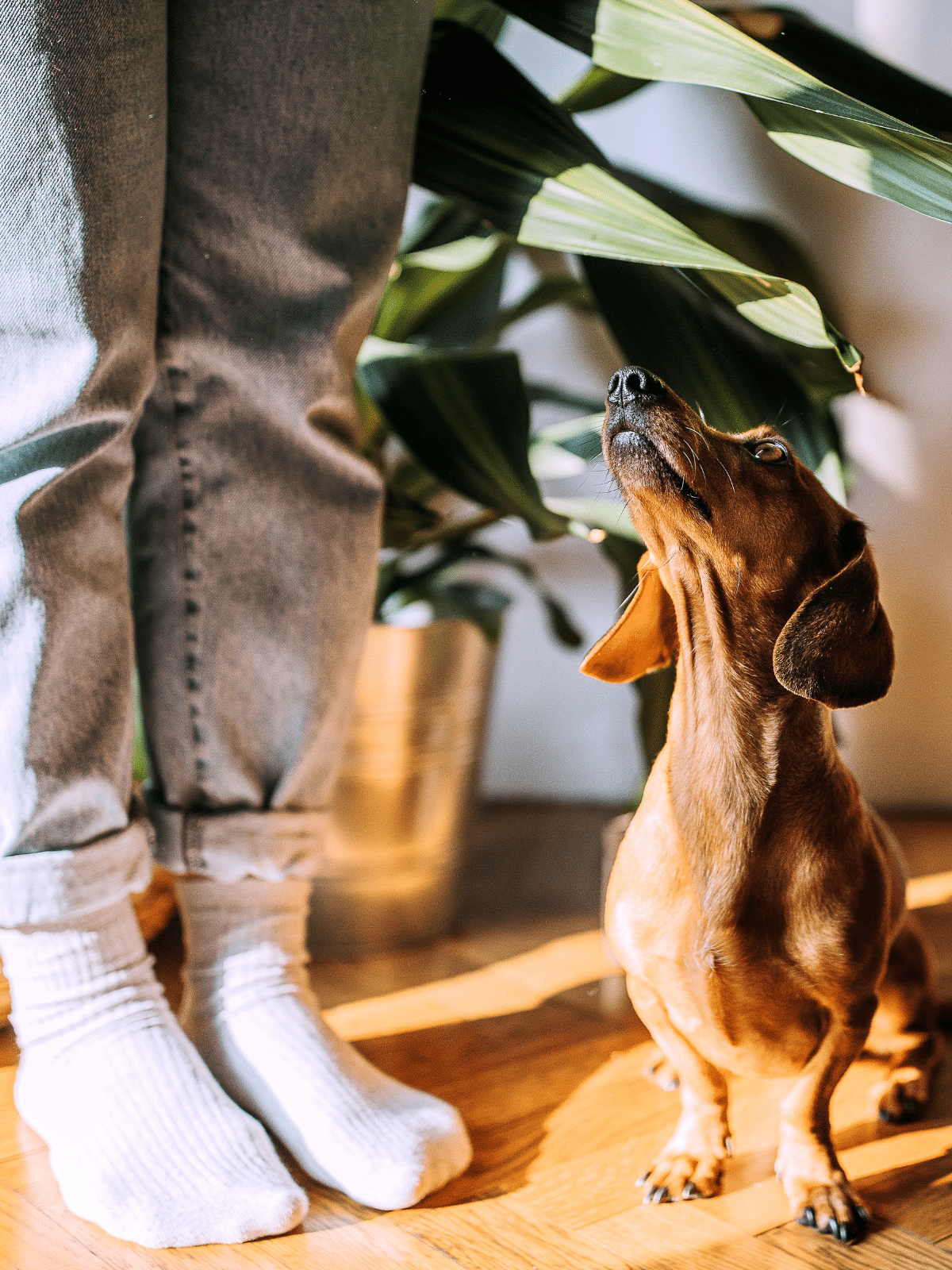
Getting a pup can be a rewarding and fulfilling experience. To make sure your pup is properly cared for and trained, be sure to provide good nutrition, access to necessary items, and establish a routine. Additionally, use positive reinforcement techniques when training your pup, spend quality time with them each day, and seek help from professionals if needed.
With these tips in mind, you can confidently welcome a furry companion into your home! So if you’re looking for a low-maintenance canine companion, take the plunge and get yourself a pup today!

